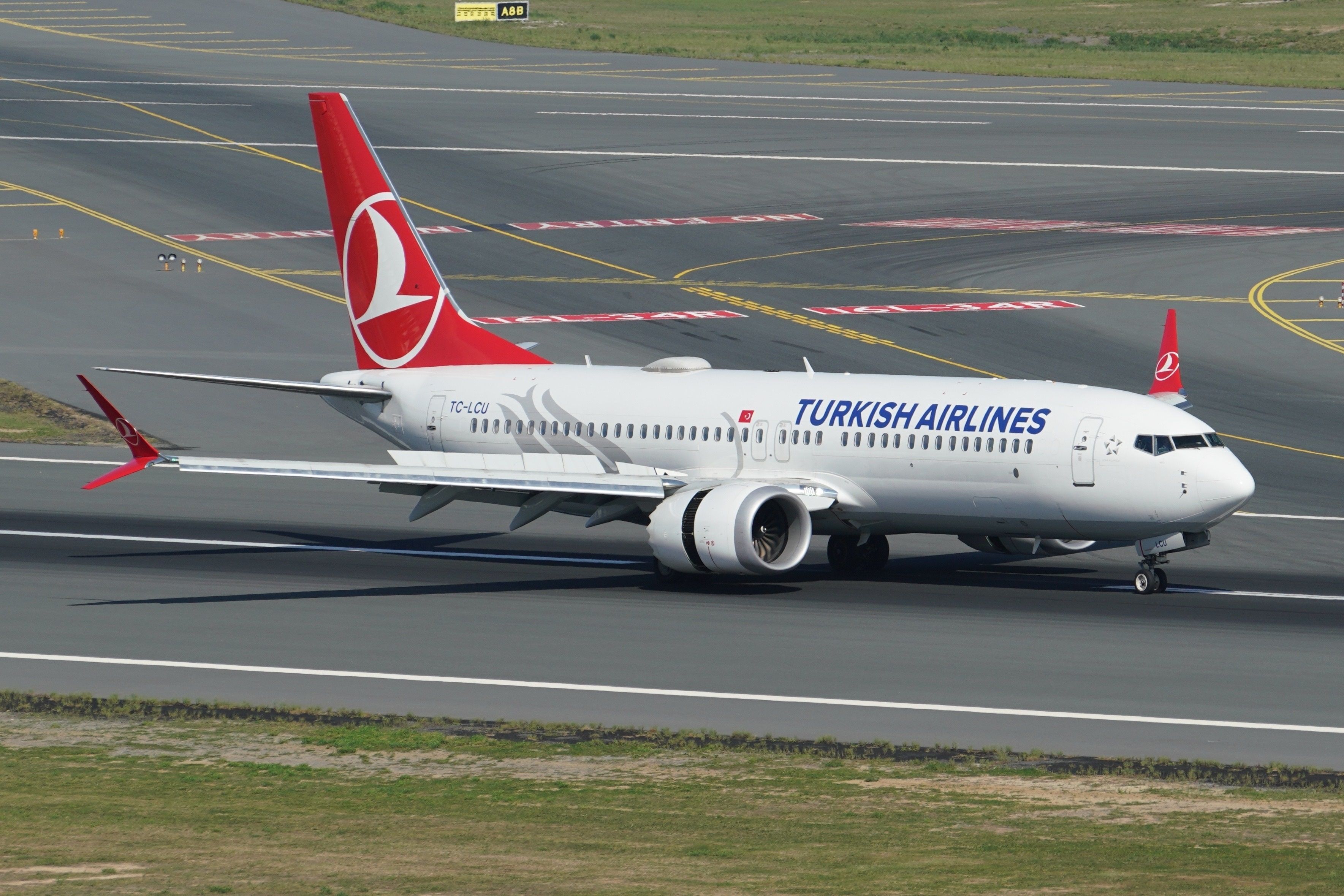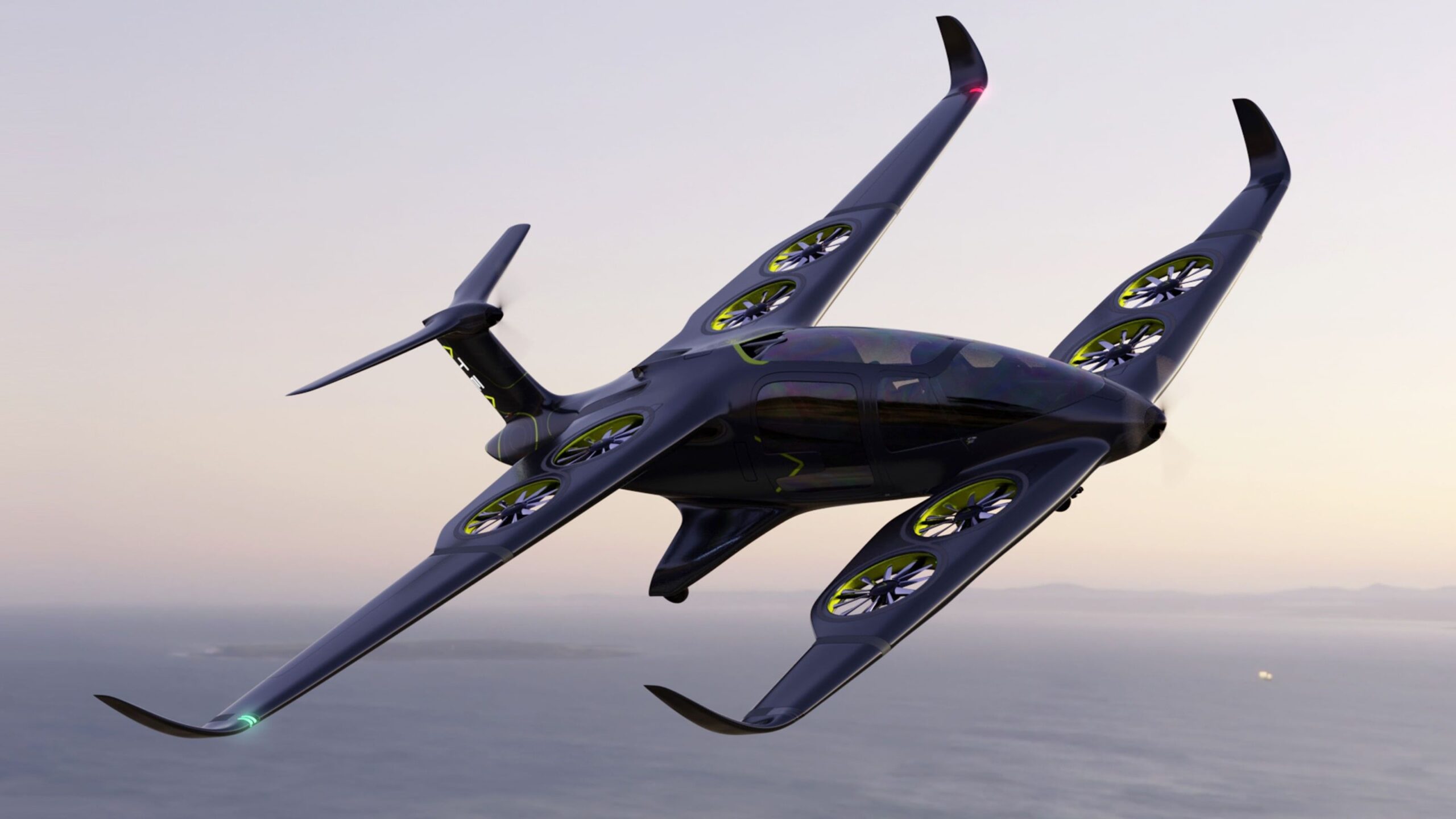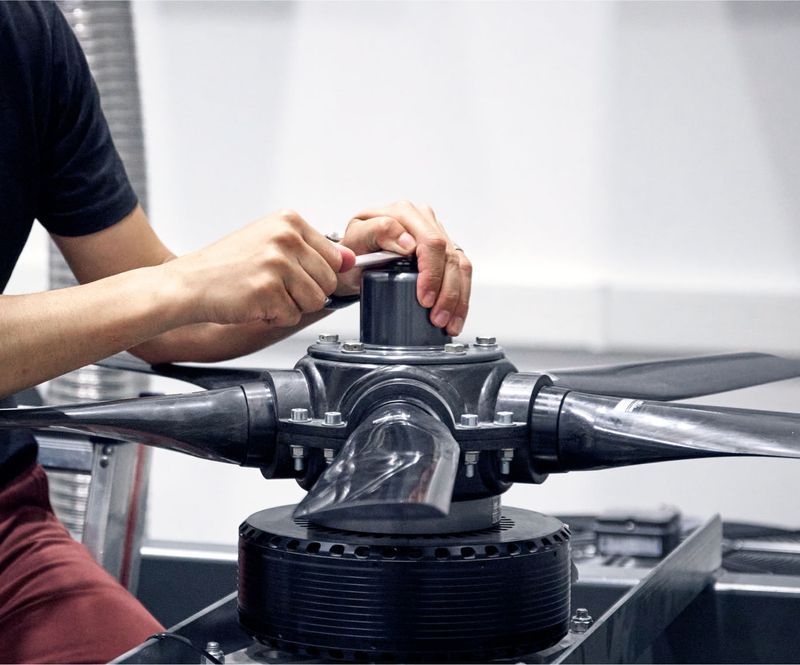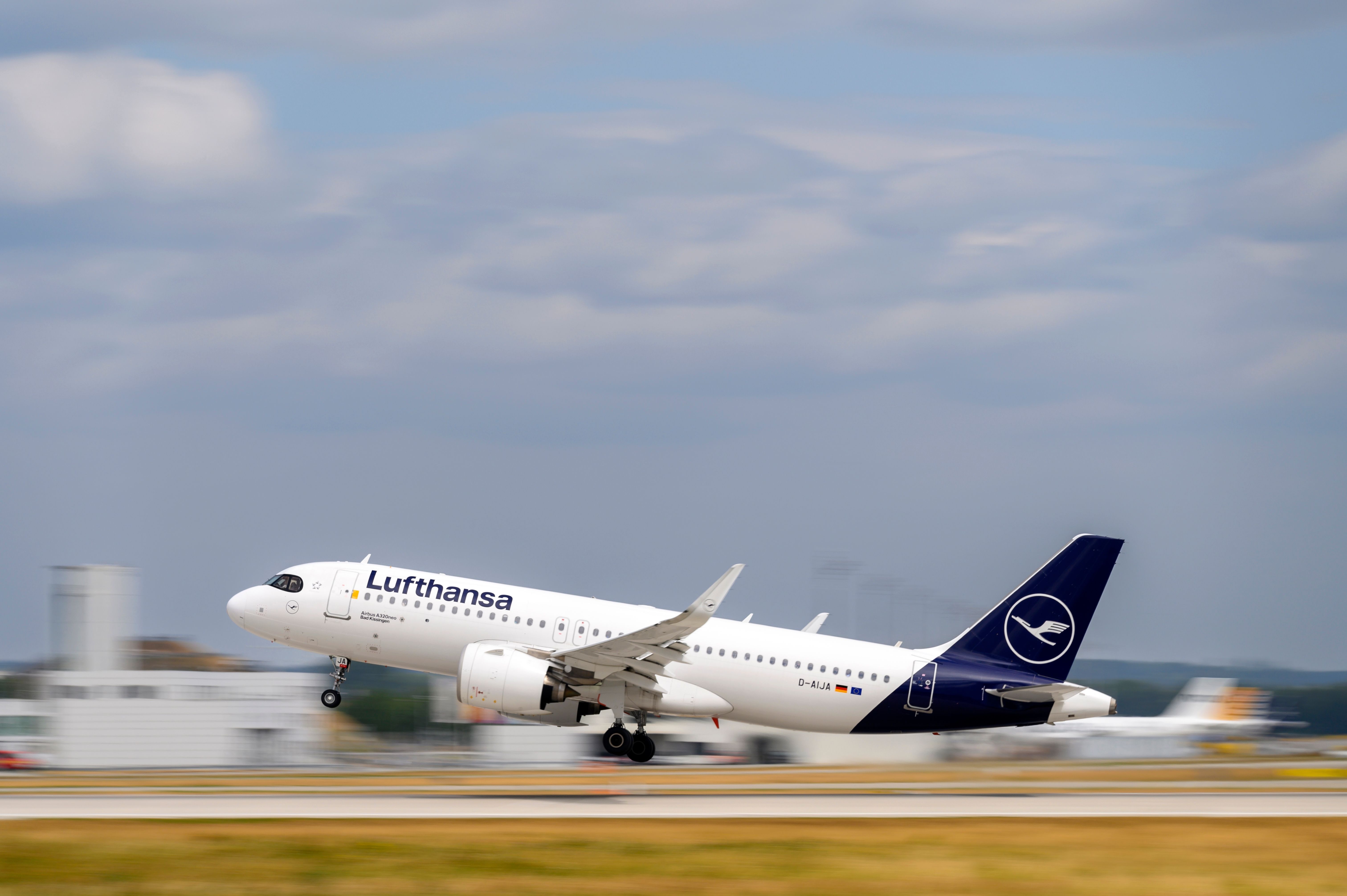Summary
- Sustainable solutions in aviation are crucial for the industry’s long-term survival, focusing on short-, medium-, and long-term strategies.
- Ascendance’s innovative Sterna hybrid-propulsion technology aims to reduce fuel consumption and emissions significantly in aircraft.
- Sterna’s initial focus is on regional aircraft, with plans for adoption in planes carrying up to 80 passengers by 2030, revolutionizing the air transport sector.
If we look at the aviation industry today, we can name several challenges, from political instabilities affecting airlines’ networks and operations to delays in the supply chains and, thus, in the delivery of new aircraft, staff shortages, and strikes. However, these and many other obstacles are usually classified as short- to medium-term threats. If the focus is shifted to a longer timeframe, sustainability is undoubtedly the most daunting challenge for the industry.
Airlines, airports, and all stakeholders involved in aviation have been investing for many years already in developing the most sustainable solutions to keep this essential industry up and running while minimizing the impact of its emissions. Because of the sheer size of the sustainability threat, aviation stakeholders have tried to identify short-, medium-, and long-term solutions.

Related
Turkish Airlines Unveils New Sustainability Program: ‘Tomorrow On-Board’
The airline aptly launched the initiative on World Environment Day.
Like all aspects of life, it’s the small things that, considered together, bring about significant results. From removing single-use plastic to operating just one engine while taxiing, airlines have found different ways to become progressively greener. More recent achievements include the increased adoption of Sustainable Aviation Fuel (SAF). Behind the scenes, however, smaller entities have been putting a lot of effort and investing heavily in developing innovative and forward-looking solutions to revolutionize air transport. Simple Flying had the chance to meet the co-founder and CEO of one of these realities, the French startup Ascendance.
The critical role of hybrid technology
Mr Jean-Christophe Lambert, co-founder and CEO of Ascendance, firmly believes that hybrid technology is critical to shaping a greener future for aviation.
Sterna. This is the name of Ascendance’s result of years of research, investment, and ambition to shape the future of aviation. Mr Lamber passionately told Simple Flying what Sterna is and why it will be vital in revolutionizing the future of aviation. Sterna is Ascenda
nce’s hybrid-propulsion technology, capable of achieving the following results:
- Power up to 1 MW
- Achieving fuel savings of up to 40%
- Reducing emissions by up to 40%
Photo: Ascendance
Mr Lamert explained how Sterna is a modular, scalable system combining two energy sources. For now, Sterna relies on Sustainable Aviation Fuel (SAF). However, the startup is already working on making Sterna compatible with hydrogen (burned or in fuel cells) as soon as the technology is certified.
Combination is key
There are several ways to express a valid concept: working together can achieve more.
Sterna is an excellent example of this. Indeed, the hybrid-electric propulsion system relies on a mix of two different energy sources:
- Electric batteries
- Sustainable Aviation Fuel
Electric batteries rely on the instantaneous release of optimized, high-power engines that work with Jet-A1. They are mainly used during take-off and the climbing phase. Sustainable aviation fuel and, in the future, hydrogen will be used for the lower-energy phases of the flight, such as cruise.
Sterna vs. a conventional jet engine
Comparing Sterna to a conventional jet engine can be beneficial in understanding how Sterna works.
The typical commercial aircraft jet is designed for take-off and climb thrust needs. However, this means the engine is “oversized” for “the “cruise” phase. Sterna, on the other hand, breaks down the engine structure into two parts based on the two different stages of the flight: take-off/climb and cruise. As a result, Sterna reduces the overall fuel consumption of a flight compared to the conventional jet engine.
Photo: Dirk Daniel Mann I Shutterstock
Regarding Sterna, the battery provides high power during take-off and climb. Consequently, the powertrain does not need to provide power during this phase, thus allowing the removal or downsize of the take-off and climb rating while the powertrain can be downsized. During the cruising phase, on the other hand, the powertrain is used at maximum efficiency, given that it is specifically designed to achieve this level of performance.
Which market is Sterna suitable for now?
Sterna’s technology has clear potential. However, which aircraft can benefit from this innovative propulsion system?
According to Mr Lambert, Sterna could initially revolutionize the regional market. More specifically, the co-founder and CEO of the startup company gave the following stats for the upcoming future:
- By 2027, Sterna could be the solution for regional aircraft with a capacity of up to 18 passengers
- By 2030, the hybrid propulsion system will be installed on regional aircraft carrying up to 80 passengers.
In the short – and medium-term, Mr Lambert expects Sterna to gradually become a key player in decarbonizing the regional air transport sector.
Meet Atea: the first aircraft featuring Sterna
If you think Ascendance has limited itself to designing and developing a sustainable power supply for the aircraft of the future, you’re wrong; the startup is determined to see the results of years of research materialize.
Atea, the eVTOL (electric vertical take-off and landing) is the first aircraft featuring Sterna, and is characterized by the following specs:
|
Design Specifics |
Value |
|---|---|
|
Capacity |
One operator + four passengers |
|
Payload |
400 kg |
|
MTOW |
2,000 kg |
|
Range |
215 NM / 400 km |
|
Cruise speed |
110 kts / 200 km/h |
Thanks to its design and innovative technology, Atea can reduce noise fourfold compared to traditional helicopters, lower operating costs by 5%, and reduce CO2 emissions by a staggering 80%.
Atea takes off vertically in electric mode by leveraging eight rotors embedded in the wings. Once the aircraft has reached the cruising altitude, the front and rear propellers are activated, thus providing horizontal thrust. To maximize the versatility of this plug-in hybrid vehicle, Atea can also be recharged while flying, meaning it can operate even at stations that are not equipped with charging stations.
While decarbonizing the aviation industry remains a daunting challenge, Ascendance is an excellent example of the willingness to adapt this vital industry to the urgent need to safeguard the environment.



